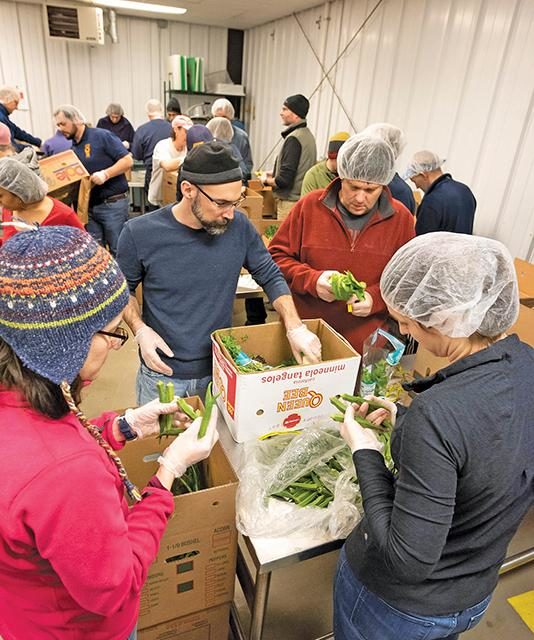The VA Medical Center was spared. But hundreds of folks were sent home from the EPA’s locked-down National Vehicle and Fuel Emissions Laboratory on Plymouth Rd. More were told to stop work on Great Lakes Restoration Initiative. National Weather Service staff are working, but they aren’t being paid–and can do only forecasts and emergency warnings.
Altogether, more than 1,300 locals missed paychecks in January. EPA retiree Gay MacGregor figures the lab is “losing $600,000 every week in salaries alone.”
“There’s also the national impact,” says Jeff Alson, a retired EPA engineer. “You can’t sell any vehicle–not cars, SUVs, pickups, snow blowers, lawn mowers, or weed whackers–unless the EPA certifies they meet emission standards.”
“I’ve had calls from auto companies wondering how they’re going to get certificates,” says Chet France, an EPA veteran who’s now a consultant for the Environmental Defense Fund. “They can’t.”
The laid-off workers face hard choices. “Young engineers are living paycheck to paycheck,” says France. MacGregor says that the day the Observer called, she’d heard from an EPA employee who “was contacting his mortgage company for relief and cancelling dental work.”
Though federal employees will receive back pay when the shutdown ends, most contractors won’t. And the impact on the EPA lab won’t end when the shutdown does. “That’s a world-class laboratory,” says France. “You don’t turn that off and on … You’ll feel the effect for years.”
Federally funded projects for the Great Lakes Restoration Initiative stopped dead with the shutdown. “In Ann Arbor, that means a hundred people can’t go in, can’t do work, can’t answer emails, and as of today they aren’t getting paid,” says U-M prof Brad Cardinale. “And lots of subcontractors are affected.”
So is the environment. “No one’s tracking the Asian carp now,” Cardinale says. “If it gets in [to the Great Lakes] now, there’s nobody to stop it, and the damage will be done, and it will be permanent. The probabilities are low, but much higher when nobody’s watching. And nobody is monitoring [contaminated] Superfund sites … It’s the wild west.”
The feds also provide most of the �xADU-M’s $1.5 billion a year in research funding. “A number of important sponsors have been shut down, for example, the National Science Foundation and NASA,” says Craig Reynolds of the U-M Office of Research and Sponsored Projects. But “the National Institute of Health is operating as usual, and they account for 68 percent of our federal funding.
“There are a small number of projects where we have received stop-work orders from the federal government,” Reynolds says. Fewer than a hundred people were affected, and “depending on the unit, they might have reserves to pay them now. That’s the way we try to handle these things. Nobody wants to lay anybody off.”
That may happen if the grant pipeline doesn’t reopen soon. “Agencies continue to accept proposals for future funding,” Reynolds says, “but they are not reviewing those proposals to make decisions for future funding, nor are they releasing new awards.”
No one we spoke with had any idea when the shutdown might end. “Brother, don’t I wish I knew,” sighs Reynolds.
“It’s about winning politically,” says France. “Differences in the past were over policy. This is more than policy. When you’re denying climate science and ignoring scientists, it’s ideology.”


